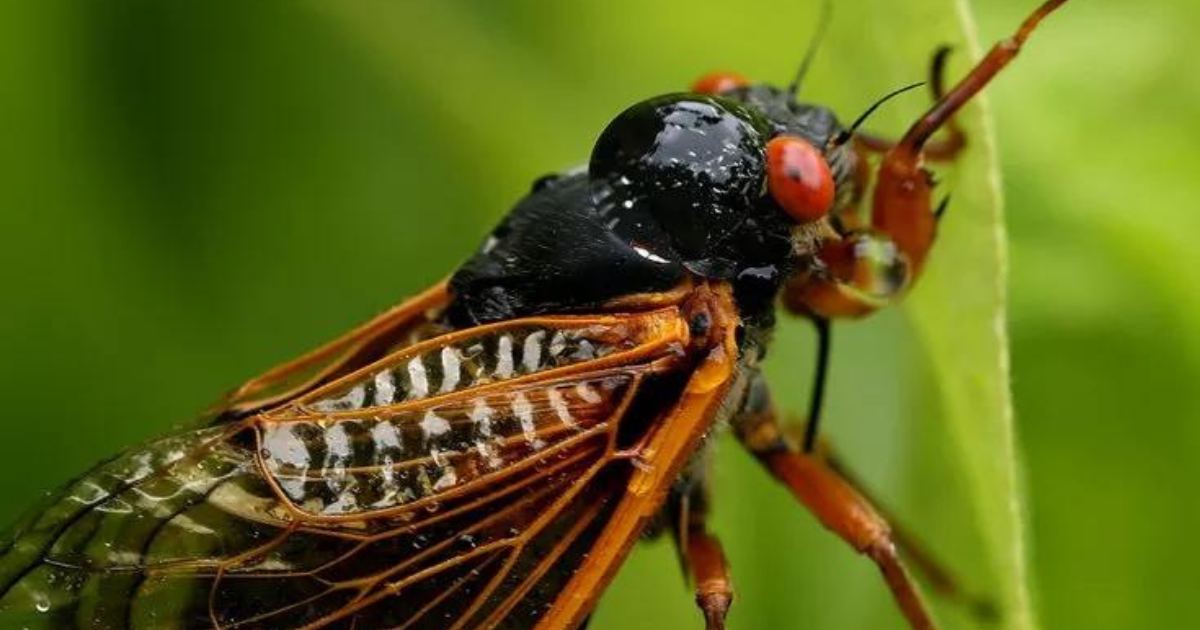The last time this happened was in 1803. The sitting president was Thomas Jefferson. Now it’s about to happen again billions of cicadas are about to invade:
Between late April and early May, when the ground temperatures become warmer, over a billion cicadas will invade the United States. While the mass presence of these insects occurs more frequently, 2024 is the year when two broods will emerge simultaneously: Brood XIII and Brood XIX, as they have been labeled, have lived underground for 17 and 13 years respectively, but by late April, they will surface to reproduce. The uniqueness of this year is that this emergence from the ground will occur simultaneously, creating a truly impressive presence.
From Georgia to Wisconsin, at least 16 states will be affected. The most complicated situation will likely occur in Iowa, Illinois, and Indiana, where both broods are expected. In Wisconsin, there will be only Brood XIII, while in the other states (Missouri, Oklahoma, Arkansas, Kentucky, Virginia, Tennessee, North Carolina, Louisiana, Mississippi, Alabama, Georgia, South Carolina), only Brood XIX cicadas will be present.
“We have billions of these incredible living organisms coming out of the Earth, climbing trees, and it’s simply a unique experience, a sight to behold,” said Georgia Tech biophysicist Saad Bhamla. “It’s as if an entire alien species lives beneath our feet and then, in some years, they come out to greet us.”

What type of cicadas are they?
The cicadas in question are Magicicada, also known as periodical cicadas, known for their long life cycles spanning numerous years. Magicicada species spend about 99.5% of their long lives underground. While underground, the nymphs feed on xylem fluids from the roots of deciduous trees in the forests of the eastern United States. In the spring of their thirteenth or seventeenth year, mature cicada nymphs emerge between late April and early June (depending on latitude), synchronously and in huge numbers.
During the first week, they invade meadows and low vegetation, then move to trees where they begin to emit the typical sound, which is their way of attracting mates. Mated females deposit eggs in the stems of woody plants. Within two months of the original emergence, the life cycle is complete, and adult cicadas die. Later in the same summer, the eggs hatch, and the new nymphs retreat underground to start the 13 or 17-year cycle anew.
The adult periodical cicada has red eyes and a black dorsal thorax. Their wings are translucent with orange veins. The underside of the abdomen can be black, orange, or striped with orange and black, depending on the species. Adults typically measure from 2.4 to 3.3 centimeters, with mature females slightly larger than males.






